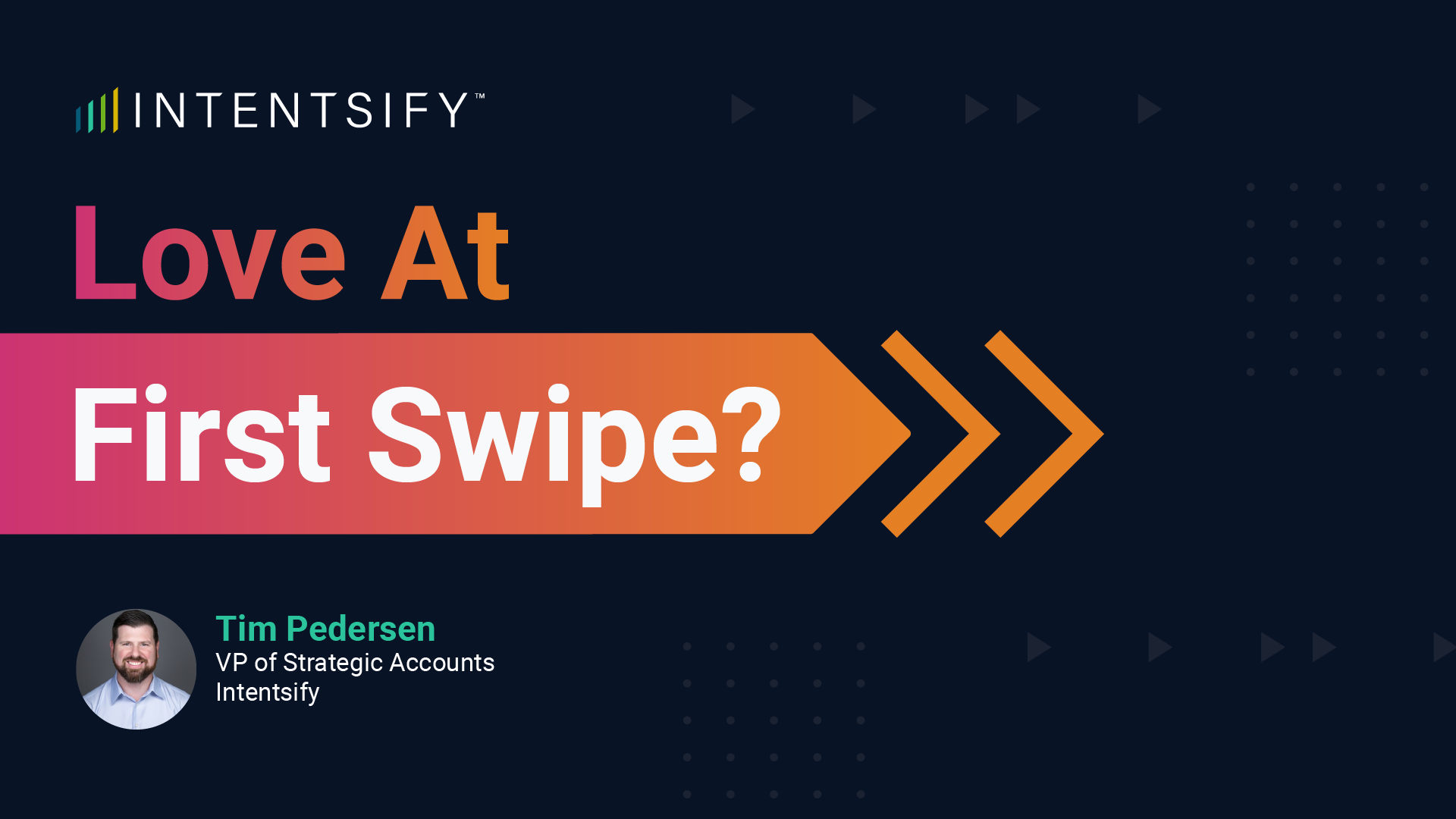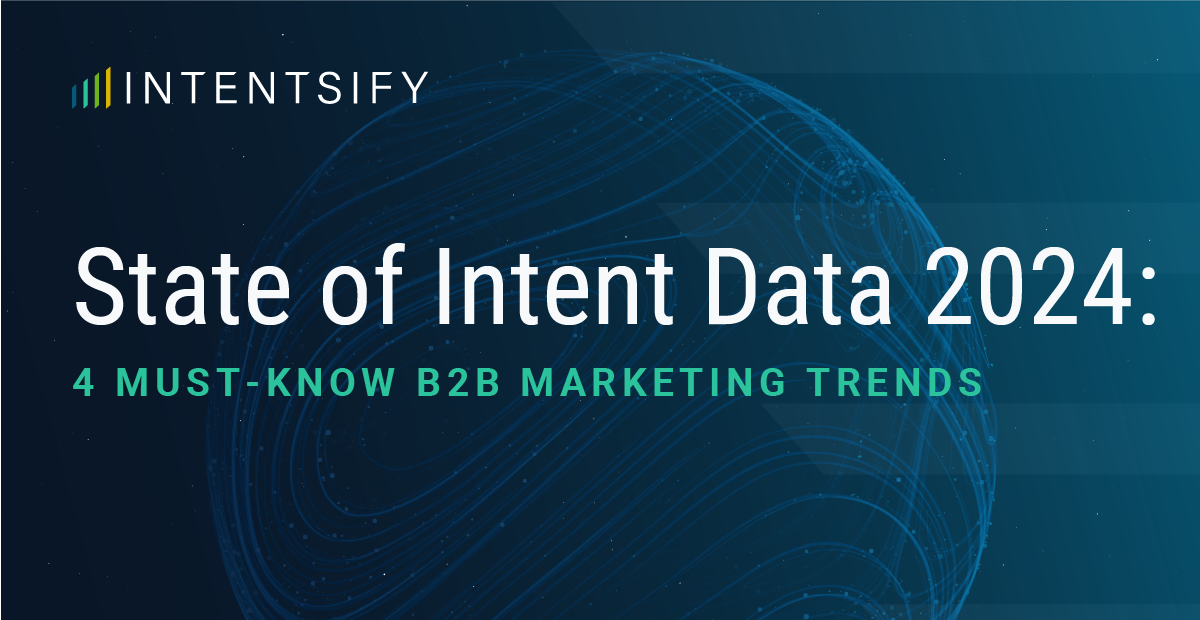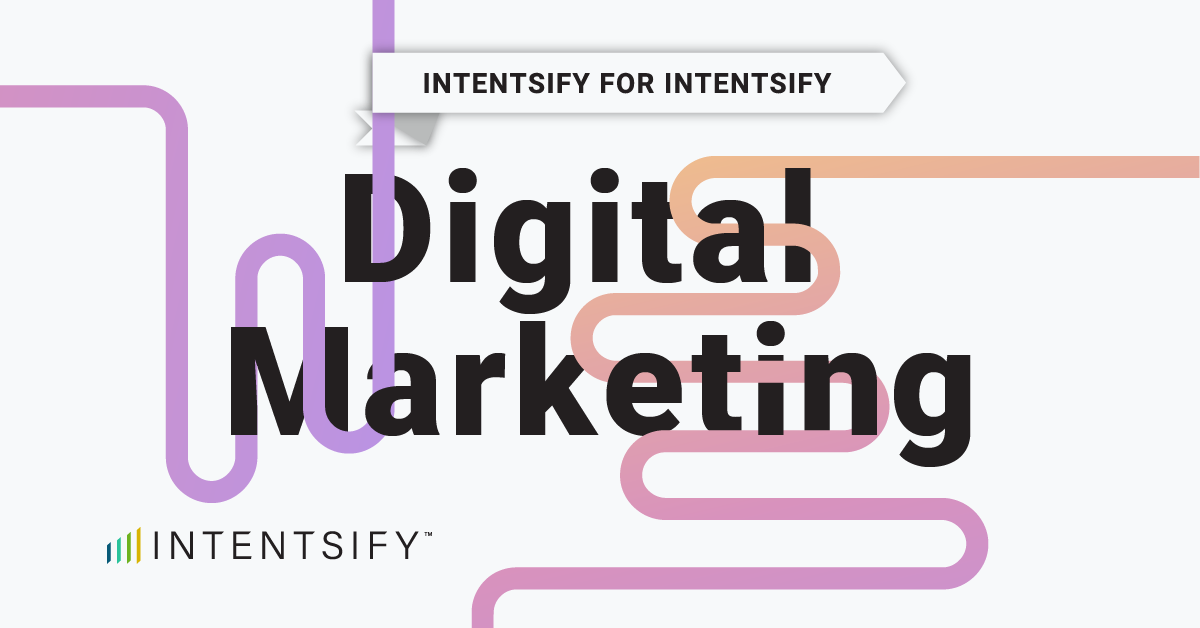What do online dating and B2B Marketing have in common?
In the world of online dating, swiping right is the first step towards a potential romantic match. It’s an expression of interest and an opening gambit in the complex dance of courtship. But if you swipe right, are you ready to say “I do?”
For the sake of successful marriages everywhere, let’s hope not. In this analogy, I want to point out the difference between initial interest and long-term commitment. When it comes to B2B marketing, understanding this difference is a bit more nuanced, but it still stands. Showing interest does not mean your prospect is ready to buy.
The Swipe Right Syndrome in Marketing
Imagine for a moment that each marketing touch is like a swipe right on a dating app. Prospective buyers signal their interest in your content — and, by extension, your product or service — through engagement: clicks, downloads, views. But here’s where many content marketing strategies falter. The “swipe right syndrome” is the misinterpretation that these initial engagements equal a direct readiness to purchase. Marketers often rush to convert a lead into a sale without considering the buyer’s journey.
This rushed and flawed approach often creates inefficient sales cycles and buyer frustration. Just like rushing from a swipe right to wedding plans would seem presumptuous in dating, moving too quickly from initial content engagement to a sales pitch can feel jarring and premature to a potential customer.
Understanding Buyer Intent
At its core, buyer intent is about gauging how likely a potential customer is to purchase based on their engagement with your content. This intent can typically be categorized into three stages: awareness, consideration, and decision. Each stage represents a different level of readiness to buy, and therefore requires different types of content.
Understanding where a lead is in their buying journey allows marketers to craft more effective follow-up strategies. Your prospect needs to go on a few dates with you. They need to be wined, dined, and nurtured with educational content that hopefully guides them further down the funnel.
Building an Intent-Driven Nurture Strategy
This is where intent-driven nurture strategies shine. By focusing on the gradual cultivation of leads through targeted content, marketers can address the unique concerns and interests of potential buyers at each stage of their journey. For instance, an educational blog post can pique interest in the awareness stage, while a detailed comparison guide may be more appropriate for someone in the consideration stage. Free trials or demos, on the other hand, cater to those in the decision phase, ready to experience your product or service firsthand.
Here are a few practical tips to enhance your nurture strategy:
- Regularly analyze engagement data to refine your understanding of buyer intent.
- Create a content matrix that aligns with different stages of the buyer’s journey.
- Employ marketing automation tools to deliver personalized content at scale.
In the end, a successful lead conversion strategy comes down to quality over quantity. Robust intent data tells you your target audience. Content syndication programs identify potential buyers. And strategic nurture programs help warm your lead until they are ready to purchase.
They say that good communication is the key to a successful relationship. It applies to marketing too. By adopting an approach that values the journey as much as the destination, marketers can build more meaningful, effective connections with their audience. And when it’s time for them to make a decision, it’s as natural and rewarding as saying “I do.”






